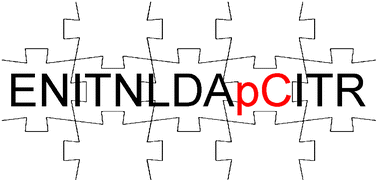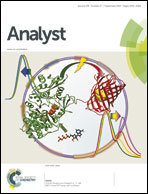Puzzling over protein cysteine phosphorylation – assessment of proteomic tools for S-phosphorylation profiling
Abstract
Cysteine phosphorylation has recently been discovered in both prokaryotic and eukaryotic systems, and is thought to play crucial roles in signaling and regulation of cellular responses. This article explores the topics of chemical stability of this type of structural modification and the resulting issues regarding affinity enrichment of S-phosphopeptides and their mass spectrometry-based detection in the course of general proteomics studies. Together, this work suggests that the current advances in phosphoproteomic methodologies provide adequate tools for investigating protein cysteine phosphorylation and appear to be immediately available for practical implementation. The article provides useful information necessary for designing experiments in the emerging cysteine phosphoproteomics. The examples of methodological proposals for S-linked phosphorylation detection are included herein in order to stimulate development of new approaches by the phosphoproteomic community.


 Please wait while we load your content...
Please wait while we load your content...